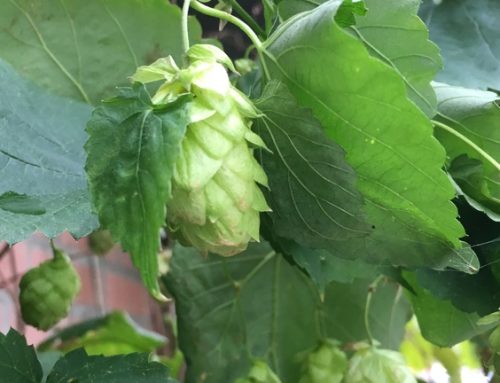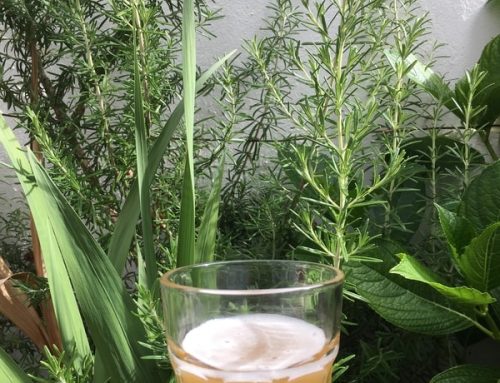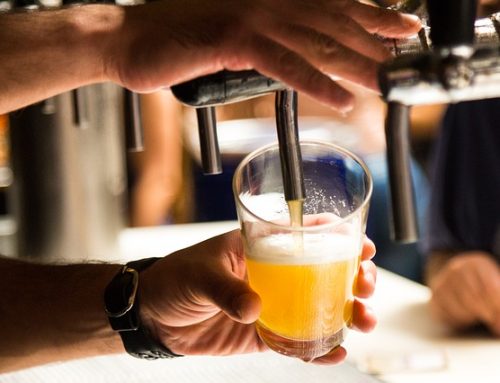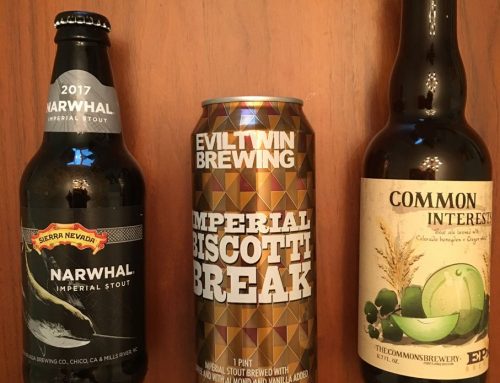When it comes to craft beer, hops tend to get top billing. The American craft beer movement was largely IPA-driven, and hops are a big deal for IPAs. However, there’s a lot more going on. First off, malt plays a huge role in beer, with many styles defined chiefly by their malt profile. Porter, for example, wouldn’t be the rich, dark concoction we know and love without lots of toasted malt. By volume, however, the most important ingredient in beer is water.
You might be thinking, What does water have to do with how my beer tastes? Well, a lot. There’s a reason that the Pacific Northwest’s beloved Olympia beer chose “It’s the Water” for a slogan. Their beer was famously brewed using local artesian wells, something the company said bestowed superior quality.
They weren’t wrong! The quality of the water used in the brewing process matters for reasons of purity—there are a lot of things you don’t want in it—but also because of the things you do want.
Local Flavor, Literally
The quality and character of water differs a lot by region, and it affects the brews made there. East Coast beers are known to be earthier, West Coast beers danker, and Midwestern beers juicier, according to VinePair. And the water in Pilsen, the birthplace of pilsner, for example, is very soft. This gives Pilsner its famously clean, crisp character. In Burton-on-Trent, the birthplace of pale ale, it is much harder, which plays well with the bitter hoppiness of pale ales. Similarly, the briny H2O in Leipzig, Germany gave birth to the gose, s style known for it’s tart, slightly salty flavor.
These regional differences are similar to terroir for wine, giving a beer its unique regional identity. Nowadays, brewers who want to brew a regionally specific style can replicate a region’s water using advanced chemistry. But before the advent of modern chemistry, where you brewed really mattered.
Water is Chemically Crucial
The main reason water is so crucial to beer is that its chemical makeup interacts with the other components in a beer to affect the overall flavor. The difference between soft and hard is the mineral content. Hard means higher levels of calcium, magnesium, and bicarbonate, while soft means it’s more pure.
pH also matters a lot. Yeast struggle in high-pH environments, so brewers in regions with hard water that was high in bicarbonate have had to adapt, which nudged a lot of British brewers towards dark beers. Roasted barley lowers the overall pH. The pH of water can also affect the beer’s sugar composition, controlling the beer’s final ABV.
Tap vs. Spring, Surface vs. Aquifer
The debate between using tap water or natural water is a hot one among homebrewers. Tap water is fine for most brews, unless you live somewhere with ancient pipes, perhaps. However, it can be chlorinated, which can inhibit the growth of yeast and contribute other off flavors. Many brewers elect to use distilled water and then add in the minerals and salts that best complement the style they’re brewing.
Still other brewers seek out sources of natural water, like that famous Olympia artesian well. The risk of using untreated water is, of course, that it may contain unwanted bacteria. While you want yeast to grow in beer, that’s about all you want growing. However, many natural springs are prized for their unique flavor, and they are often the best expression of regional character.
Among springs, there is a difference between springs from groundwater, like artesian wells, and surface water from lakes, rivers, and streams. Surface water tends to be softer, but requires much more purification, as it often contains algae and other organic matter. Groundwater tends to be harder, but is less likely to have funky stuff in it.
While most widely distributed beers aren’t brewed with local artesian water, if only for logistical reasons, water still matters. If you homebrew, you definitely want to think about your water. Even if you just love beer, understanding the water that was used in your favorite beers can tell you a lot about why you love it!






